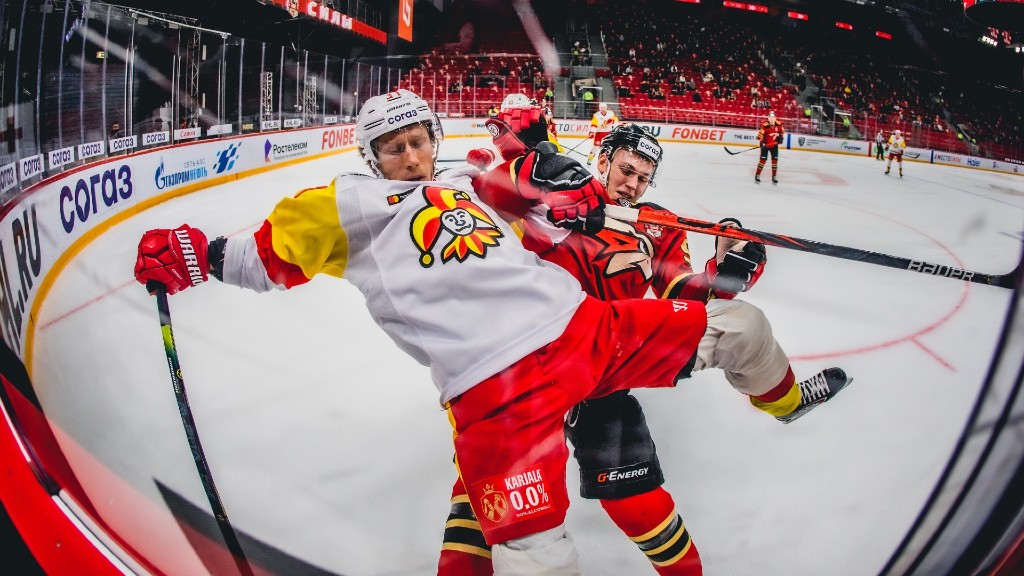A balancing act – how wearable tech is improving orthopaedic and neurology treatments

Good balance is an essential element of human performance for everyone in daily life and is something most of us take for granted. When balance and movement become impaired though, for instance after a trauma or sports related concussion (SRC), age-related degeneration, lower limb injuries, or osteoarthritis, the impact can be far-reaching.
Measuring and understanding the effect of these conditions on balance and movement could bring significant benefits for the treatment of patients, especially when you consider their prevalence. The most common form of dementia for example, Alzheimer’s disease, is estimated to affect over five per cent of the EU population (more than 22 million people).1 Concussions or mild traumatic brain injuries (TBI) are also common; every year there are 50-60 million new TBIs worldwide costing the global economy around 400 billion dollars.2 Meanwhile, 10 per cent of men and 18 per cent of women aged over 60 have symptomatic osteoarthritis.3
Reducing the enormous financial burden, societal cost, and impact on performance of these conditions is therefore an important priority for governments; health professionals in orthopaedics, neurology, and geriatrics; and sports medicine specialists.
Understanding balance, movement and dementia
Multiple scientific studies have attempted to understand the impact of dementia on equilibrium and movement to improve treatment for patients. In 2016, researchers from the University of Missouri-Kansas in the US for example, set out to determine how Alzheimer’s affects patients’ gait and balance. While several studies had already proved the link with the condition, the researchers wanted to establish whether symptoms were present in people with mild Alzheimer’s.4
Twenty-six adults took part in the study, thirteen with very mild symptoms, and thirteen from a control group matching the age and gender of those with the condition. The study confirmed that people with mild Alzheimer’s experienced impaired balance and gait, providing an opportunity for clinicians to provide early physical therapy intervention, and potentially help patients remain independent for longer.
The impact of sports-related concussion
There are more injuries in American football, rugby, and ice hockey per number of hours played than any other sports, and the impact of concussion in these activities has been the subject of multiple studies.
One such project, by a team from the University of Helsinki, wanted to determine how the balance of Finnish ice hockey players was affected by head injuries.5 185 professional male ice hockey players from the Finnish national league took part in the research in 2009. During the season 13 athletes sustained a head or neck injury resulting from falls, tackles, or simply being hit by a hockey stick!
The researchers looked at the impact of these injuries on the players’ cognitive abilities, reaction times, and balance control. The result was that nine showed decreased reaction time and balance following concussion.
The research provided a valuable baseline for sports medicine professionals and will be instrumental in enabling the medical profession to make better informed decisions about managing head injuries.
How wearable technology can improve balance and movement measurement
The Finnish ice hockey study was the springboard for an innovative startup, Ainone, whose founders recognized that, until now, measuring balance and movement has been difficult.
Traditional methods of measurement have either required cumbersome equipment or have relied on subjective evaluation. However, Ainone found a solution to the issue in Suunto’s Movesense Medical sensor.
A lightweight, cost-efficient wearable device, the Movesense has enabled the company to take balance and movement measurement to a new level with its Ainone Balance product. Its software analyses data captured via the sensor, which is attached to a person’s chest with a strap, displaying it on an Android tablet. For example, the device gives Ainone the ability to monitor upper body movement while patients perform different balance tests, such as standing on one foot – eyes open and closed – or on hard or soft ground.
A Class I medical device, Ainone Balance gives healthcare and coaching professionals validated sway measurements with the same accuracy as a force plate. Applications for this highly-portable service range from elite sports and elderly care, to daily balance assessment. It is also being used to monitor the progress of patients recovering from lower limb injuries such as ACL injuries.
Developers are currently working on new applications, using Movesense to measure the motion of joints before and after arthroplasty and during rehabilitation to track the quantity and quality of exercises after an injury or operation.
Off-the-shelf tech keeps innovators’ focus
New wearable sensors, such as Movesense, have enormous potential to enable innovative health companies like Ainone – as well as researchers and clinicians – to bring their solutions to market quickly. With the ability to measure movement and heart rhythm, Movesense is open, programmable, and classified as a Class IIa medical device under the EU Medical Device Directive.
When developing a new solution, innovators must decide how much time, energy, and investment to put into hardware development, which is often not their core skill. Using off-the-shelf technology can save time and money and help bring solutions to market quicker.
In the case of Ainone, Movesense certainly helped them strike the right balance.
Read more about Movesense Medical Sensor
See showcase projects by other companies
References
2 Maas et al., Traumatic brain injury: integrated approaches to improve prevention, clinical care and research. Lancet Neurol, 16, 987–1048. 10.1016/ S1474-4422(17)30371-X
3 WHO (2014), “Chronic Rheumatic Conditions”, Fact Sheet, http://www.who.int/chp/topics/rheumatic/en/
4 Balance and gait of adults with very mild Alzheimer’s disease, LZ Gras, SF Kanaan, JM McDowd, YM Colgrove, J Burns, PS Pohl, J Geriatr Phys Ther.
5 Vartiainen, Matti, Sport related concussion multidomain evaluation methods in professional ice-hockey, 2020.
